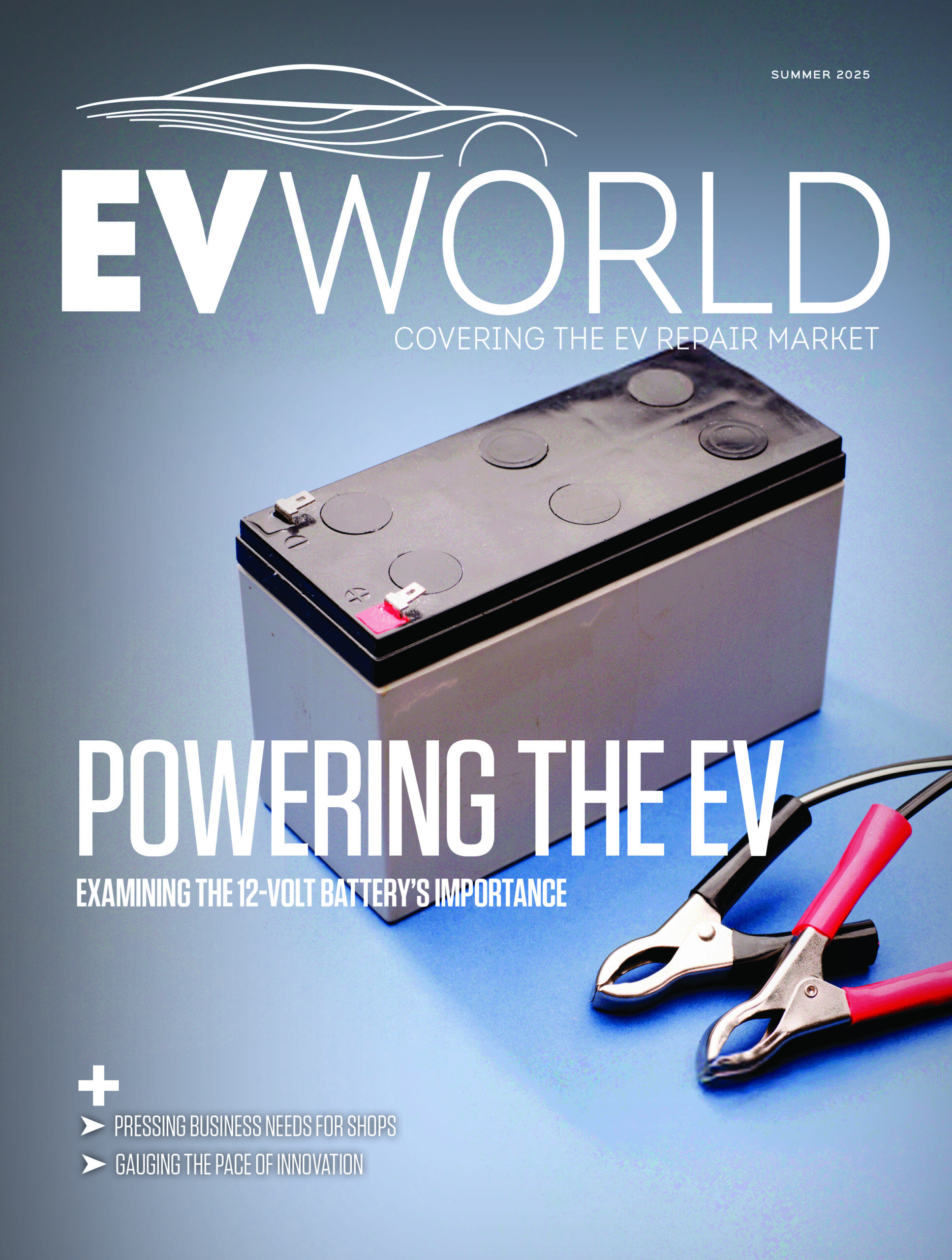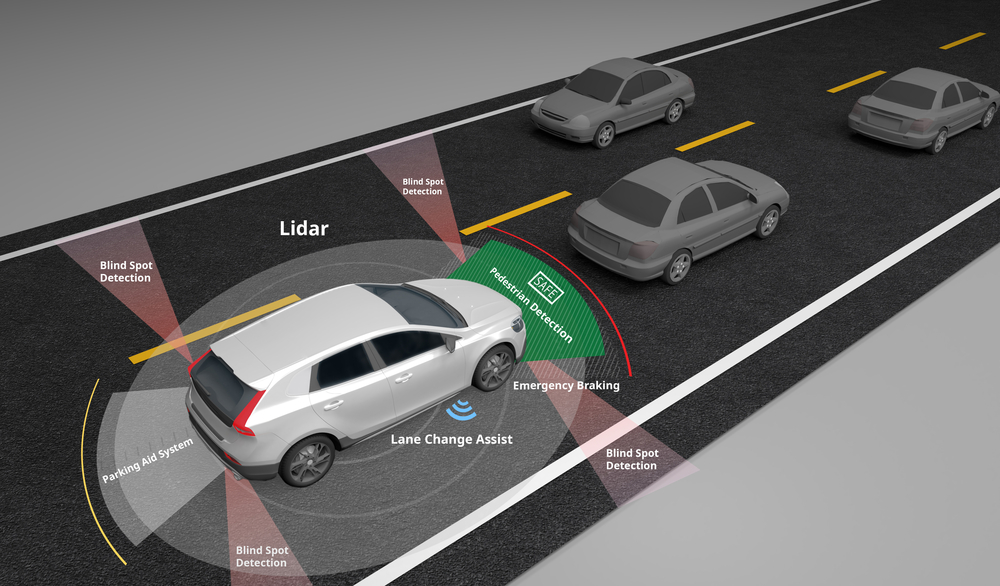
With global sales losses from bad customer experiences now soaring to $3.8 trillion — a $119 billion jump from last year — businesses face higher stakes than ever in meeting consumer expectations.
New research from Qualtrics, an experience management company, highlighted the critical connection between customer experience, loyalty and spending.
Consumers are ready to spend but they won’t hesitate to cut ties with brands that fail to deliver. More than half (53 per cent) of customers said they would reduce spending after a bad experience, with 12 per cent admitting that brand interactions frequently fall short of expectations.
The industries most at risk include fast food, department stores, online retailers, auto dealers, mobile providers and parcel delivery services — all seeing significant drops in consumer spending after negative encounters.
Key pain points for customers centre around service delivery issues (46 per cent), communication problems (45 per cent), and unsatisfactory employee interactions (39 per cent). While pricing and quality remain relevant concerns, they rank lower compared to the frustration caused by operational missteps.
“Consumers reward companies that keep them informed, deliver as promised, and provide real value,” said Isabelle Zdatny, customer loyalty expert at Qualtrics
The frontline factor: A crucial link
Behind every customer interaction are frontline workers who play a pivotal role in shaping perceptions. However, Qualtrics found that these employees often feel undervalued, underpaid and unsupported. Frontline workers in retail and table-service restaurants report low levels of engagement and inclusion, making them less equipped to drive positive customer experiences.
“There’s a reciprocal relationship between employees and customers,” said Benjamin Granger, chief workplace psychologist at Qualtrics. “Organizations must support frontline workers to create a virtuous cycle where satisfied employees foster satisfied customers, boosting loyalty and spending.”
The report gave the following five steps to enhancing customer and employee experiences:
- Ease pressure on frontline employees: Streamline processes, enhance communication, and provide training to empower employees on the shop floor, in call centres, or managing digital chats.
- Communicate clearly and frequently: Keep customers informed at every stage—from product availability to delivery—to reduce confusion and build trust.
- Keep your promises: Fulfill commitments like delivery timelines or advertised guarantees to avoid damaging customer confidence.
- Stay responsive to customer needs: Leverage insights from surveys, reviews, and social media to identify shifting expectations and adapt swiftly.
- Exceed expectations in key moments: Focus on pivotal touchpoints, whether through seamless digital interactions or meaningful in-person engagements, to leave lasting positive impressions.
Image credit: Depositphotos.com













Leave a Reply